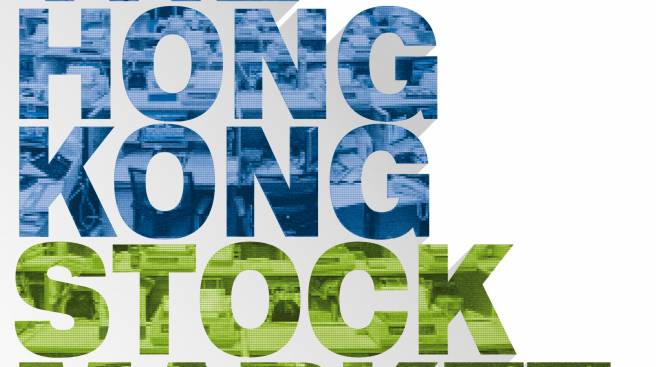It has been a turbulent year for financial markets. But October has proved a particularly volatile month.
In the space of eight trading sessions, the benchmark S&P 500 equity index experienced a daily move of 1% or more five times. Last Tuesday, the gauge surged 2.2% (its biggest gain since March) only to lose 1.4% on Thursday. The day-to-day swings stem from a confluence of global risks that are weighing on sentiment, causing the S&P 500 to suffer its worst October start since 2008, according to data from Bloomberg.
The reasons for investors to be bearish are piling up. Last week, the Shanghai Composite Index sank to a four-year low as third-quarter gross domestic product data revealed that China’s economy expanded at its weakest pace since 2009. This prompted three of the country’s financial regulators to issue statements designed to calm markets, in an ominous echo of Beijing’s previous unsuccessful attempts to stem the rout in stocks in 2015.
Investors are also fretting about the rise in global borrowing costs. The three-month US dollar Libor rate, one of the word’s most important interest rates, increased to a 10-year high last week, driven up by expectations of tighter US monetary policy. Also on investors’ minds are the sell-off in popular technology shares, the threat of a no-deal Brexit, and the fallout from America’s ongoing trade dispute with China.
Yet, as JPMorgan rightly notes in a report published last Friday, “driving volatility has been a set of developments that seem more mixed than uniformly bearish”.
The catalyst for this month’s 5% decline in the S&P 500 been difficult to pinpoint , the source of the selling pressure is shifting from one day to the next, with the hawkish stance of the Federal Reserve, fears about global growth and the turmoil in places from China to Italy alternating as triggers for each sell-off. There is also a significant divergence of views about the direction of markets among investors themselves.
The spike in volatility is proving to be something of a Rorschach test for fund managers, as evidenced by the responses to the questions posed by Bank of America Merrill Lynch in its monthly survey published last Tuesday. While investors have never been more bearish on the outlook for the global economy since 2008, they are the most bullish on the prospects for US corporate profits since 2001, with an overweight, or long, position in the S&P 500 still ranking as one of the most popular trades.
The strength of America’s economy and corporate earnings is mitigating concerns about problems elsewhere in the world, limiting the level of contagion in jumpy stock markets. JPMorgan notes that 75% of S&P 500 companies that have just reported their third-quarter earnings have beaten analysts’ forecasts, despite the tightening in financial conditions.
This is keeping systemic risk (usually defined as a loss of confidence in the financial system that has severe consequences for the global economy) at bay.
Despite the sharp falls in asset prices in Italy over the past several months, investors continue to differentiate between the current sell-offs and previous crises in both countries in 2015-16 and 2011-12 respectively.
While the fierceness of the fall in Chinese stocks is a growing concern for policymakers, as the estimated 650 billion USD of shares pledged as collateral for loans begin to trigger margin calls, data from the Institute of International Finance shows that China has not suffered capital outflows this year in contrast to many other emerging markets. This is mainly because investors have become more accustomed to swings in the renminbi, suggesting that the much-talked-about breach of the 7 per US dollar level will not, in and of itself, trigger panic.
In the absence of full-blown systemic risk, the current volatility, although damaging to sentiment, is unlikely to morph into a severe crisis. With the S&P 500 still up 3.5% this year, the next crash is unlikely to occur anytime soon.



Leave a Reply